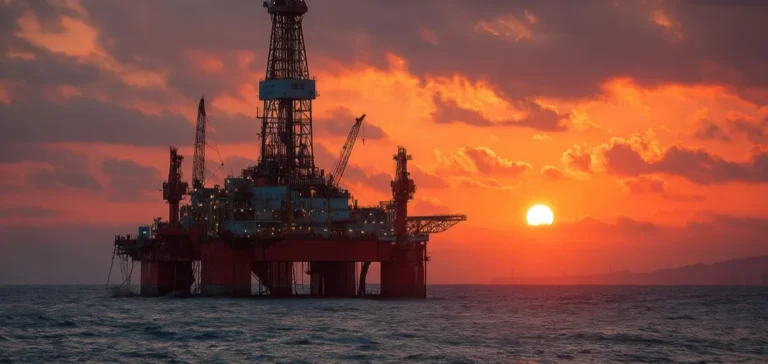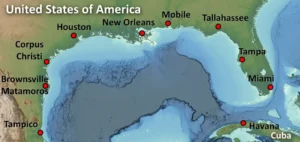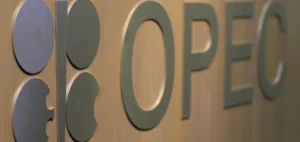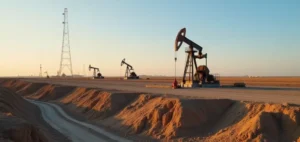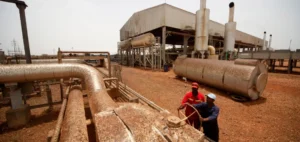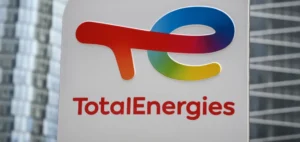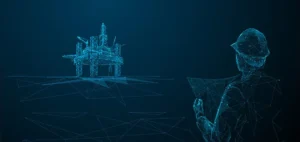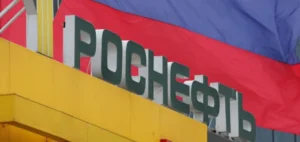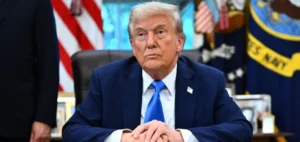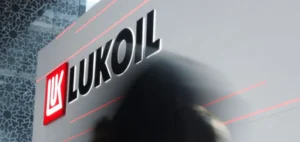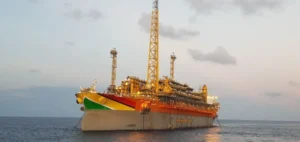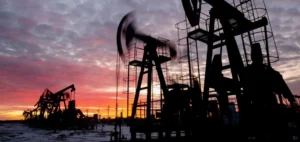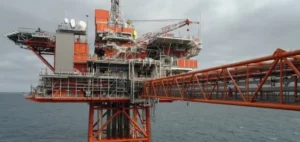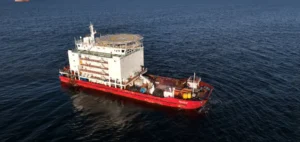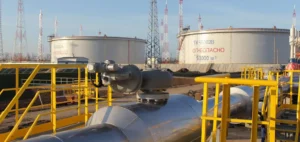The joint operating agreement signed on July 28, 2025 at ONGC headquarters in New Delhi represents a significant milestone in Indian oil and gas exploration. Block GS-OSHP-2022/2, located off the western coast in the Saurashtra basin, spans 5,454 square kilometers. This unprecedented collaboration between the national company Oil and Natural Gas Corporation (ONGC), private conglomerate Reliance Industries Limited and British major BP Exploration (Alpha) Limited demonstrates the strategic evolution of India’s energy sector. ONGC will assume the role of operator for the block, leading exploration activities aimed at evaluating and exploiting the hydrocarbon potential of this area classified as a category II basin.
An Unprecedented Strategic Partnership
This alliance represents the first time the three entities have collaborated under the Open Acreage Licensing Policy (OALP) program. BP and Reliance, partners for over a decade in the deepwater KG-D6 block, had participated in only two of the eight previous OALP rounds since 2017. Their joint production in the Krishna-Godavari basin currently reaches approximately 30 million standard cubic meters of gas per day, representing nearly 30% of India’s domestic gas production. The extension of this partnership to include ONGC reflects a more collaborative approach between public and private sectors to maximize the exploitation of national energy resources.
The winning block was part of 28 blocks offered during the ninth OALP round, covering a total area of 136,596 square kilometers. This round attracted only four bidders, with ONGC winning 15 blocks in total – 11 independently and four in partnership. Private company Cairn secured seven blocks, while Vedanta Ltd had bid for all 28 available blocks.
Context of Declining Production and New Initiatives
India’s oil and gas industry faces major challenges with domestic production in constant decline since 2011-12. National crude oil production stood at 29.4 million tonnes in 2023-24, significantly lower than the 31.95 million tonnes recorded in 1999-2000. This decline is mainly explained by the natural depletion of mature fields operated by public producers and delays in monetizing existing discoveries. India currently imports 88.2% of its crude oil needs, a dependency that has increased from 87.7% in the previous fiscal year.
Facing these challenges, BP was recently selected as technical services provider for ONGC’s Mumbai High field, India’s largest offshore oil field. This historic field, discovered in 1974, has seen its production plummet from 471,000 barrels per day at its peak in 1985 to just 134,000 barrels per day in April 2024. BP’s expertise in managing complex and mature reservoirs could prove crucial in revitalizing production from this strategic field.
OALP X: Renewed Ambitions for Exploration
The Indian government launched the tenth OALP round on February 11, 2025 during India Energy Week, offering 25 blocks across 191,986 square kilometers – the largest in terms of acreage offered in a single round. This ambitious initiative includes 19 offshore blocks, of which 12 are in ultra-deepwater, reflecting the strategic orientation towards offshore exploration. Notably, 16 of the 25 blocks are located in former “no-go” areas, representing 51% of the total area offered. Bids for this round must be submitted before July 31, 2025 via a new electronic bidding portal designed to improve transparency and security of the process.
Petroleum and Natural Gas Minister Hardeep Singh Puri emphasized in several parliamentary interventions that the government’s strategic policy interventions and new exploration approach have enabled aggressive seismic data acquisition and increased engagement with international partners. Recent amendments to the Oilfields (Regulation and Development) Act of 1948, adopted in March 2025, aim to broaden the scope of exploration policy beyond oil and natural gas while relaxing certain regulations to attract private and international investment. These reforms separate petroleum leases from mining leases and strive to offer stable lease terms, introducing a simplified business regime and streamlining the authorizations needed for exploration and production.


